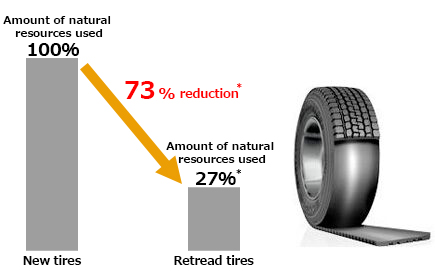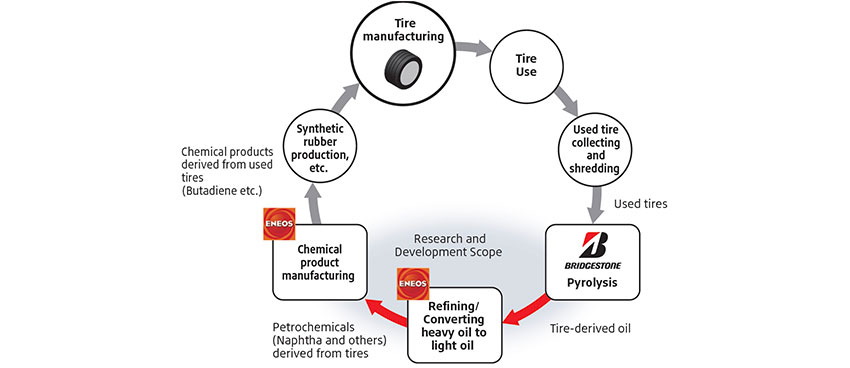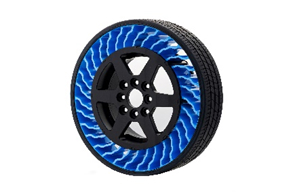Mining is one of the toughest jobs for a tire. A super-sized dump truck is 260 tons of vehicle carrying 370 tons of ore. With six tires to support up to 600 tons, that means a single tire could be carrying as much as 100 tons. The largest off the road tire used for mining is 4 meters in diameter and weighs up to 5 tons. Tires are disposed when they are no longer usable because the treads are worn-out during the mine operations. In addition, if a tire fails due to driving over sharp rocks or obstacles, the tire is disposed at that time because it is no longer usable, even if it still has enough tread rubber, which is a significant waste of resources.
The Bridgestone Off the Road Tire Repair contributes to reduce tire consumption and save natural resources by extending the life of damaged tires. Since 1999, Bridgestone Mining Solutions Australia (BMSA) has provided OTR tire repairs to customers across Australia. The Bridgestone Repair System delivers the highest level of safety, quality, durability and viability in every repair.
BMSA operates six repair facilities nationally. These facilities have a combined annual capacity to produce approximately 5,000 repairs per year. In addition, BMSA branches have the capability to arrange tire repairs for customers who are located in remote areas by providing onsite inspection, quoting and assistance with logistics services.







